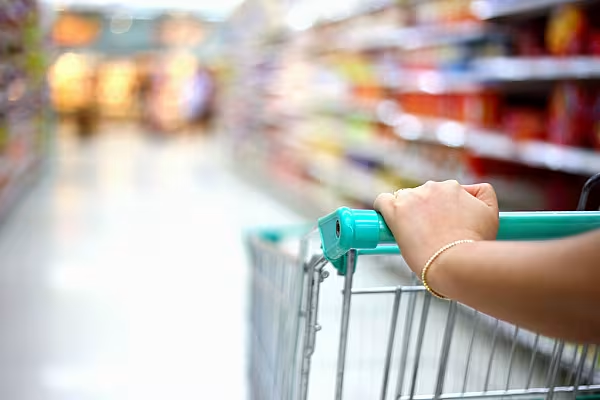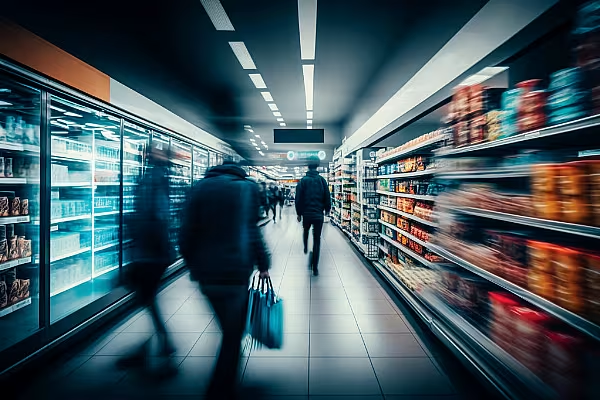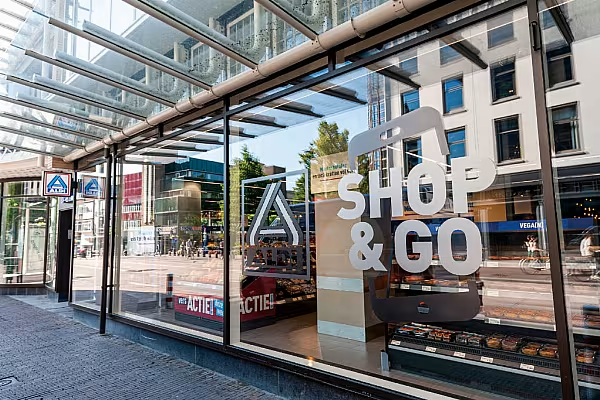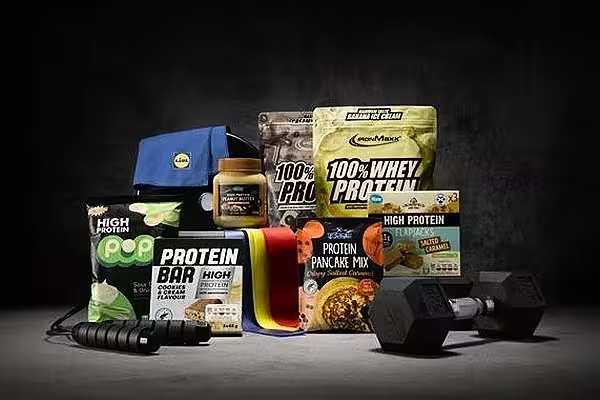Post-COVID category chaos in the grocery sector, as consumer behaviours shift with the rapidly changing market dynamics as the pandemic eases, risks brands and CPG companies losing revenue growth opportunities if left unchecked, the latest research from antuit.ai, providers of SaaS Artificial Intelligence (AI) demand forecasting and optimisation solutions, warns.
Incorporating original research of over 2,000 UK shoppers, the Predicting the Unpredictable report by antuit.ai shows an increasing fluidity in consumer demand across grocery sales channels, retail formats, shopping frequency and basket mix.
Pre-pandemic, 39% of consumers had never used online grocery services, however during lockdown over a third (36%) of shoppers did up to half of all their grocery shopping online, with 17% switching to doing all of their food shops digitally.
However, as the pandemic eases, while 35% of shoppers will continue to use grocery e-commerce, a third of shoppers (33%) will revert to pre-pandemic channel preferences and not do any grocery shopping online.
Rapid Channel Shifts
As well as unpredictable channel fluctuations, basket size and mix has also seen rapid shifts due to the economic fallout of the pandemic. More than two thirds (67%) of shoppers said they would cut back on grocery spend due to either economic or employment uncertainty, while 20% said they traded down from brands to supermarket own-label products during the pandemic, compared to just 14% who traded up.
Similarly, more than two thirds (38%) of those who traded down from branded to own-label brands said they would make the switch permanently.
Changes To Category Spending
Meanwhile, category spending also underwent dramatic shifts as demand fluctuated. Nearly two fifths (39%) said they would cut back on spend on comfort food and 40% would reduce the amount of alcohol in their food shop as the pandemic eases, while orders of raw ingredients were boosted, with over half (53%) of shoppers saying they would increase spend on ingredients to make meals from scratch having done more home cooking during lockdown.
Grocery channels have also been upended by pandemic-fuelled emerging consumer behaviours. Some 46% will opt to do less top up shopping post-pandemic, favouring the ‘one big shop’ formats they adopted during lockdown, while 35% say they will revert to top up shopping, visiting convenience stores and smaller format retailers more frequently.
There is also a growing demand for local shopping; some 28% chose to shop with independent retailers during the pandemic, a move which 31% of consumers plan to do more of as the pandemic eases.
Forecasting Challenges
Commenting on the findings, Yogesh Kulkarni, Co-CEO at antuit.ai, said, “Brands and CPGs had to deal with a very ‘mixed bag’ over the course of the pandemic – with demand fluctuations prompting unprecedented, unforeseen and fast changing consumer spikes in sales on the one hand, and supply chain disruption, and raw material and labour cost uncertainty on the other.
"Our research shows that the pandemic made a mockery of conventional forecasting models and their inability to predict the unpredictable."
As a result, brands need to fight to keep newly-won customers and win back lost ones, Kulkarni suggests.
"They need to adopt new revenue growth management strategies for setting competitive prices that will retain their most loyal consumers while being more locally targeted in their assortment and trade spend to entice consumers to switch back. Also, they will need to exploit the latest advances in data science to ensure that these decisions will protect and grow their key business indicators – sales, margin, and market share.
"Defending and growing sales and margin however is only going to get harder, particularly as many of the processes and systems used by CPGs were built for a simpler, less changeable and therefore more predictable trading environment."
For more information, visit antuit.ai.
© 2021 European Supermarket Magazine. Sponsored post. For more Technology news, click here. Click subscribe to sign up to ESM: European Supermarket Magazine.














